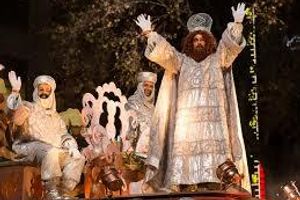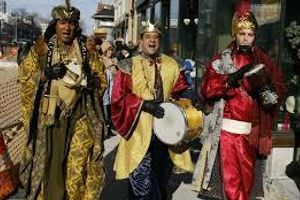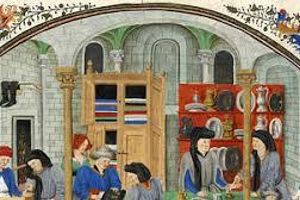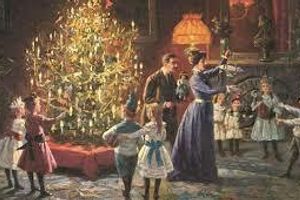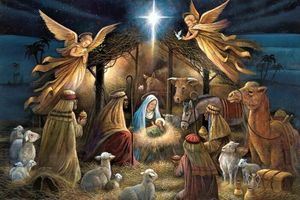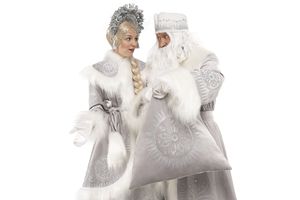How Did the Tradition of Giving Christmas Gifts Begin?
Christmas is a time of joy, family gatherings, and, of course, the exchange of gifts. This tradition is one of the most important and anticipated parts of Christmas celebrations in many countries around the world. But where did this custom originate? What historical and cultural roots does the tradition of giving Christmas gifts have?
Origins of the Tradition
Biblical Roots
One of the earliest mentions of gift-giving at Christmas is the story of the Three Wise Men, or Magi, who brought gifts of gold, frankincense, and myrrh to the newborn Jesus. These gifts had symbolic meanings: gold represented Jesus' royal status, frankincense his divinity, and myrrh his future suffering and death.
This biblical story became the basis for the tradition of giving Christmas gifts, symbolizing respect and love for others.
Ancient Influences
Roman Saturnalia
Another significant influence on the tradition of gift-giving was the Roman Saturnalia – a winter festival honoring the god Saturn, celebrated from December 17 to 23. During Saturnalia, people exchanged gifts, celebrated with great pomp and merriment. This tradition likely influenced early Christian Christmas celebrations.
Middle Ages and Renaissance
Saint Nicholas
Saint Nicholas, the Bishop of Myra who lived in the 4th century, became known for his good deeds and generosity. According to legend, he helped the poor by giving them essential items and money. His feast day on December 6 became a precursor to the modern Santa Claus, and the tradition of giving gifts on Saint Nicholas' Day influenced Christmas customs.
European Traditions
In medieval Europe, Christmas celebrations often included gift-giving. For example, in England, people gave each other "strenae" – small gifts meant to bring good luck in the new year. These gifts could be symbolic, including fruits, nuts, and other small items.
Modern Tradition
Victorian England
The modern tradition of giving Christmas gifts largely developed during the Victorian era in England. Thanks to Queen Victoria and Prince Albert, Christmas became a time for family celebrations, with gift-giving becoming an integral part of the holiday. They popularized the practice of setting up a Christmas tree with gifts placed underneath for children.
American Influences
In the United States, the tradition of giving Christmas gifts also evolved through the influence of European immigrants. The image of Santa Claus, who brings gifts to children on Christmas, gained popularity through the poems of Clement Clarke Moore and illustrations by Thomas Nast. Santa Claus became a symbol of the Christmas spirit and generosity.
Christmas Gifts in Different Cultures
Europe
In Europe, the traditions of giving Christmas gifts can vary by country. For example, in Germany, children receive gifts from Saint Nicholas on December 6, as well as from the "Weihnachtsmann" (Christmas man) or Christkind on Christmas. In Italy, gifts are given on Epiphany (January 6), when Befana brings sweets and toys to children.
Latin America
In Latin America, the traditions of giving Christmas gifts also have their unique characteristics. For example, in Mexico, children receive gifts from "Los Reyes Magos" (the Three Wise Men) on January 6, as well as from Santa Claus on Christmas. In Brazil, gifts are given on Christmas and New Year's.
Symbolic Meaning of Gifts
Giving Christmas gifts has a deep symbolic meaning. It represents the love, care, and gratitude we feel towards our loved ones. Gifts are an expression of our feelings and a desire to make the holiday special for those we care about.
Conclusion
The tradition of giving Christmas gifts has rich historical and cultural roots, tracing back to ancient times and biblical stories. Today, this tradition remains an important part of Christmas celebrations, reminding us of the importance of generosity, love, and care for others. No matter where you celebrate Christmas, giving gifts adds a touch of magic and joy to the holiday.















